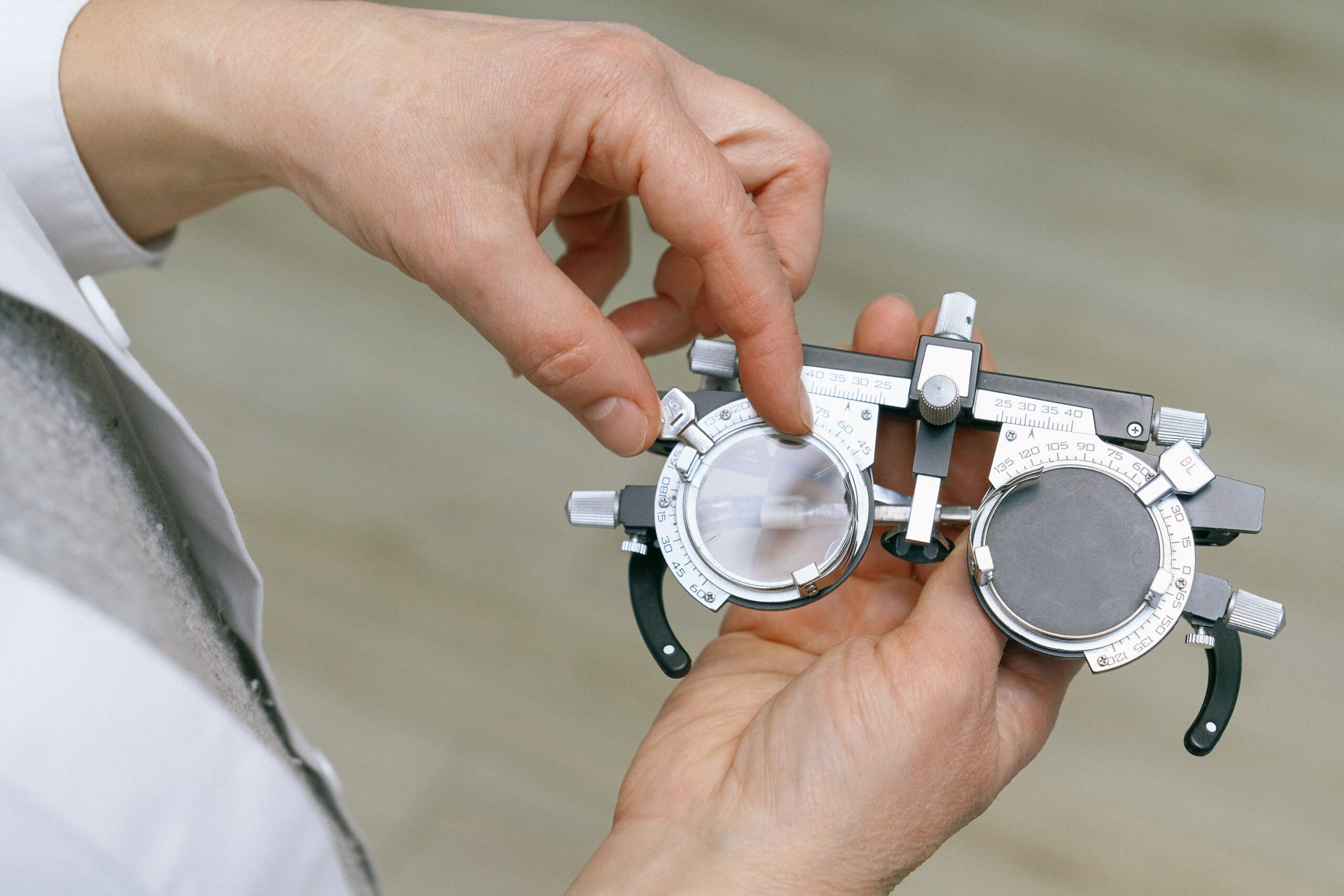When Your Child Needs a Liver Transplant (for parents)

For parents, taking their child for any medical procedure is tough. A liver transplant is a complex procedure, and when a doctor recommends it to your child, you need to learn everything about it. The main aim of a liver transplant is to replace a damaged liver with a healthy one from another person. The liver may come from a donor who has just died or some living donor.
Be it a family member or someone who is not related to your child but shares the same blood type could be a living donor. People who donate part of their liver can still live healthy lives with the existing liver. In a short time, the donor’s liver will grow back to its normal size after the surgery. In a few weeks, the part of your child’s liver will also grow to its normal size. The liver is the only part of the body that can grow back (regenerate) lost or damaged tissue. Therefore, it is important to have a healthy liver.
1. Reasons Your Child Needs a Liver Transplant
When your child has a condition that stops the liver from working properly, they may need a new liver. It is the most common condition that causes children to need a liver transplant. Biliary atresia is the most common. People born with this rare disease of the liver and bile ducts don’t get it very often. Typically, symptoms start to show when the child is 2 to 8 weeks old.
Other conditions that often need a liver transplant are:
- Hepatoblastoma and other tumors of the liver
- Acute liver failure is caused by a viral infection, an overdose of certain medications, or a condition called autoimmunity.
- Genetic and hereditary disorders like Alagille syndrome and Alpha-1 antitrypsin
- Gallbladder (Cholestatic) disorders like primary sclerosing cholangitis
- In hemochromatosis, too much iron builds up in the blood, which can cause damage to the body’s organs and even death.
2. Waiting List
Your child’s name and essential details will be put on a waiting list of people who require a transplant. In a few days or weeks, your child could be on the donor organ waiting list. However, if no living family member is found, your child may have to wait for months or years. During this time, your child’s doctor and the transplant team will keep an eye on him or her. During this time, there are also support groups that can help you. They put the people who need a new liver the most first.
You will be called when a donor dies or if a live donor comes up.
In the latter case, the surgery will be planned out in advance. The donor and your child will both have surgery at the same time. The donor must be healthy. He or she must have the same blood type as your child. The donor will also have to take a mental health test. This is to make sure that he or she is happy with this decision.
Read Also : How do Custom Bangle Boxes help increase your Sales?
3. Preparing for the Surgery
An in-depth exam is what your child’s first appointment is all about. This includes blood work, imaging, and other tests to make sure their doctor is right. Their team decides if a transplant is the best thing to do. If your child requires a new liver, they will look at how urgent their situation is.
When you come to see the doctor, their liver transplant team will show you how they care for people before and after a liver transplant in India. Your child’s illness, the surgery, and its risks and benefits are explained to you by them.
4. During the surgery
On the surgery day, your child will get more blood tests and other tests at the hospital to make sure the liver is a good match.
Your child will then have surgery. The transplant may take a few hours. A transplant team member will let you know how the surgery is going during the surgery.
People who have liver transplants need to stay in the hospital. It all depends on your child’s health and the provider’s rules.
5. After the Liver Transplant
After the transplant, the transplant team will watch your child in the ICU. A group of nurses takes care of children who have liver transplants. When you go to the hospital, you will see the people who work on liver transplants every day. They will keep you up to date on your child’s progress and give you ideas for how to care for them.
The time it takes to get better varies from person to person. Is part of it based on how well your child was in the days before the transplant?
6. Potential Complications
A liver transplant can help save a child’s life, but it can also kill them. But even if the surgery goes well, there can still be problems, even if everything goes well. These could lead to hospital readmission, a liver biopsy, or other special tests. Some complications include
- Bile duct issues
- Bleeding
- Kidney problems
- Liver rejection
- Primary non-function
- Blood clot
The process of living with a liver transplant is a long one. Your child will take anti-rejection medicines to make sure the body doesn’t attack the new liver. In order to avoid side effects, other medicines must be given. These side effects include getting sick. You and your child need to stay in touch with the transplant team at all times.




